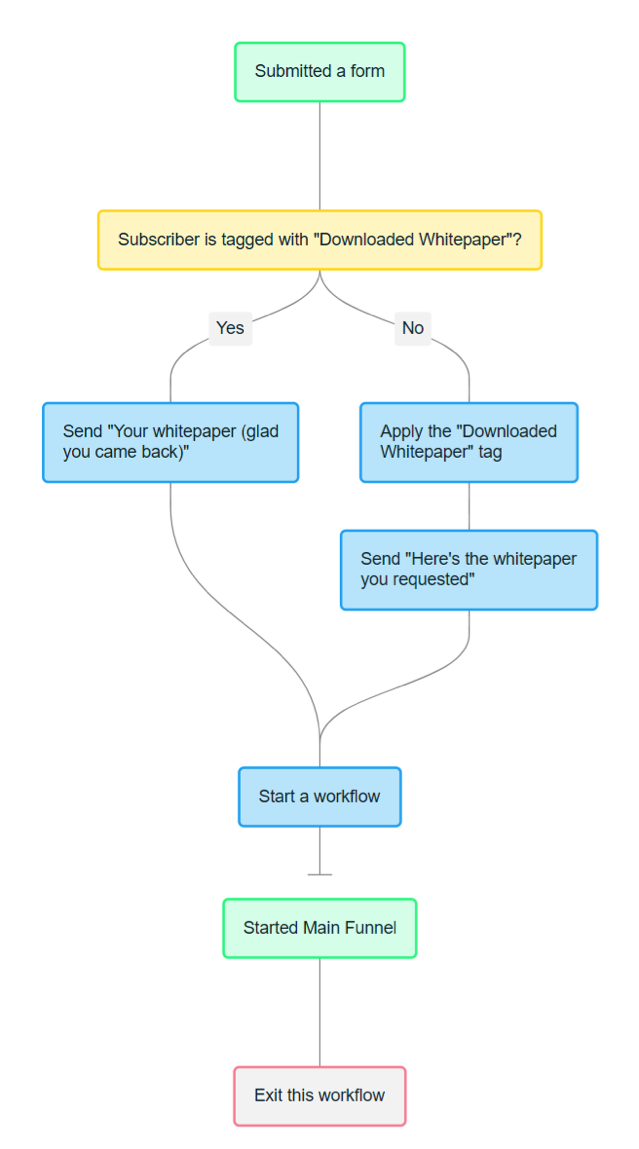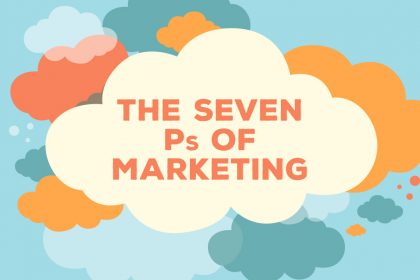Why you need to stop email marketing – and start email automation instead
Find out why we changed our email strategy last year. And why we encourage you too to stop email marketing – and start email automation instead.
Email marketing is an important part of any business. But with over 82,000 monthly readers, and weekly newsletters and emails to send out to our list, it’s a massive part of our regular workload.
So understandably we’re always looking for ways we can do it smarter, in less time, and get better results.
Last year, we decided to make a big change with our email marketing, and move from our previous provider to a brilliant new system called Drip.
Drip works in a very different way to other email marketing systems, so we employed a digital marketing specialist, Carolyn Strand from CJ Strand to help us. And we’ve been so delighted with the results from Drip, that we asked Carolyn if she’d write a blog about it for us. Here it is.
Stop email marketing – and start email automation
It is probably safe to assume you’ve email marketing. But what about marketing automation?
Marketing automation is all about staying in touch with contacts at whatever point they are at in a relationship with your business, easily.
Whether someone is a new sales lead or an established customer, marketing automation allows you to stay in front of them with a consistent message. It gives you the opportunity to plan what they will see, what offers will come their way, and track their behaviour to such communications.
The marketing ‘law of 29’ says that, on average, a prospective customer will not purchase from you until they have been exposed to your marketing messages 29 times. (This doesn’t mean you need to send every customer 29 emails, but it does demonstrate the value of consistent messaging and communications.)
Email marketing gets tricky as your list grows
Many businesses start on this communication mission with email marketing, often via a regular newsletter sign-up. This of course works well. One of the market leaders, MailChimp, offers a low barrier to entry along with a wealth of features, tracking, e-commerce and advertising integrations and the ability to segment the subscriber audience.
However, as your subscriber list grows, you’ll need to segment your list into new lists for specific audiences. If you have three brands, for example, you are probably going to need at least three lists.
This is not to say something like MailChimp can’t handle big lists and marketing automation, because if you know the system inside out, it’s pretty much all possible. It’s just not easy, and the entire thing gets unwieldy.
Not only that but the pricing can suddenly jump from free to a couple of hundred dollars a month, especially once you have over 2,000 subscribers who you want to email regularly.
One list – many tags
What if you only had to manage one list, in one account for any business or brand or segment of subscriber at one price?
This is where Drip comes in – it has just one list containing every single subscriber. The difference is that instead of segmenting subscribers into lists, Drip uses a tagging system.
For example, instead of a contact being in lists for say UK Shoppers, Business Start-ups and Summer Ad Campaign, the contact would simply be tagged with those names. In fact, when importing email subscribers lists into Drip for the first time, you can automatically tag everyone in that list. Bringing in the ‘UK Shoppers’ list from MailChimp – just add that tag when importing – easy.
Use workflows to nurture and segment
The next stand-out when working with Drip is the visual automation interface it uses. Drip calls this a Workflow. This is a fantastic way to see right in front of you how your subscribers will enter a series of emails or actions and what will happen over the course of the workflow.
You can nurture their interest and attention, set goals, add tags, make things happen, send emails at specific intervals or times, and much more. Any conversions can be tracked, sales added to their lifetime value and what happens when they reach the end of the workflow can be determined, or what happens if they don’t reach a goal.
You can even exit someone from the entire workflow if they don’t complete a specific action. All this you can see in a graphically presented workflow.
To give you an idea of how it looks, here is a simple workflow for a marketing lead magnet – where someone completes a form in return for a freebie and you receive their details:

Don’t worry if you don’t understand all the terms and different boxes here. But it should give you an idea of the look and feel of Drip’s workflow interface.
Yes, the workflows can get very complex, but you can see it all there in front of you and you can run tests to see how a subscriber moves through. A/B split testing is a breeze.
Drip provides a good catalogue of workflow blueprints such as the one above that you can automatically install into your Drip account, customise and use without getting knotted up doing it yourself. This is a big time saver and lends great inspiration to further marketing ideas and workflows.
See exactly how many subscribers are triggered
Once a workflow is active and subscribers are moving through it, Drip will show you right in the workflow how many subscribers are at each stage of the process and how many actions have been triggered. Not only does this allow you to see progress overall but it can also highlight problem areas such a stage in the process subscribers don’t move beyond or leave at.
Deploying marketing automation in this way allows you to smooth out and even avoid the sell/produce curve for your business when you are not busy, so marketing or busy, so not marketing. It gives you the space to plan, to have something going out regularly and/or have subscribers moving towards a goal that results in sales and profit.
You can consistently provide subscribed leads with precisely relevant information and content that establishes you or your business as an expert or ‘go to’ resource.
Drip integrates with your existing technology
This all sounds great right? What about the rest of your business systems – your training course platform, your e-commerce shop, CRM, PayPal, Facebook Ads etc?
Drip has a wonderful range of integrations that allow you to plug straight into may other web-based technologies and use actions or goals based on those systems in your workflows.
Not on the list of current integrations (you can see the current selection here)? Not a problem – Drip offers over another 750 integrations via Zapier, and if you are a developer then there is full API documentation and access provided to integrate your system into Drip too.
Setting up your Drip account
There’s a little bit of upfront work when first using Drip to setup your email templates and headers and if you are familiar with MailChimp and similar systems you will need to re-jig your thinking a bit because the email content interface and way of working is considerably different.
Drip does not deploy fancy HTML email templates; the default is simple, informative text-based emails, just like you would type to a friend. There is nothing in an email sent via Drip that will trigger a user’s spam filter.
You can of course format your text and include graphics and photos if you wish but there is no drag and drop and automated HTML editor in the email body (although there is for the header). You can however fully customise CTA (call to action) buttons in your emails.
Sign up for a free trial with Drip
Thinking of signing up for the Drip free trial? Well, yes – do it! While on the 30 day free trial you will receive the same access and service as their lowest level paid plan. After the 30 day free trial period you will be put onto the Free plan which has less functionality, a lower level of support (email only, not live) and is limited to 100 subscribers.
If you want to continue with the same level of access and service, even if you don’t yet have over 100 subscribers, you will need to pay for the 101+ subscribers plan. Once you are a paying customer, Drip will always place you in the most cost-effective plan based on subscriber count and the volume of emails you send during the month.
If you exceed the subscriber or email volume limit for your specific plan, they’ll move you to the next higher plan for your next bill. When you prune your list or people unsubscribe, dropping your account into a subscriber count that is below your current plan level, Drip will simply downgrade you automatically after your next charge.
Watch free Drip training
There is comprehensive free training available on the Drip website to help you on your way and via their ConvertedU platform which also has training for LeadPages which is owned by the same company, Avenue 81 Inc.
Using Leadpages and Drip together of course works brilliantly and means you could get all the benefits of marketing automation without even having your own website!
Carolyn Strand is a digital marketing specialist and owner of C J Strand.
Photo by Juliette Leufke










